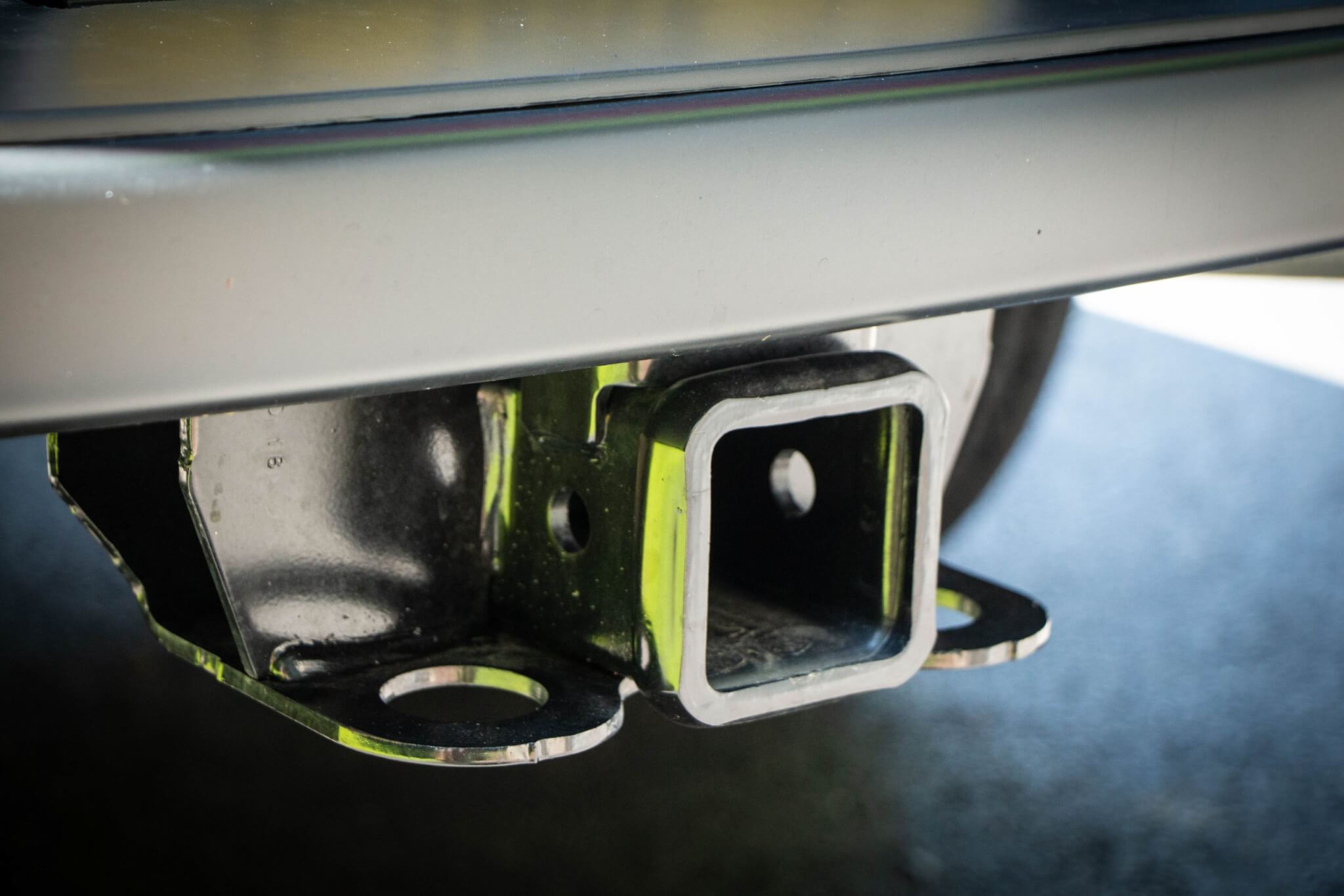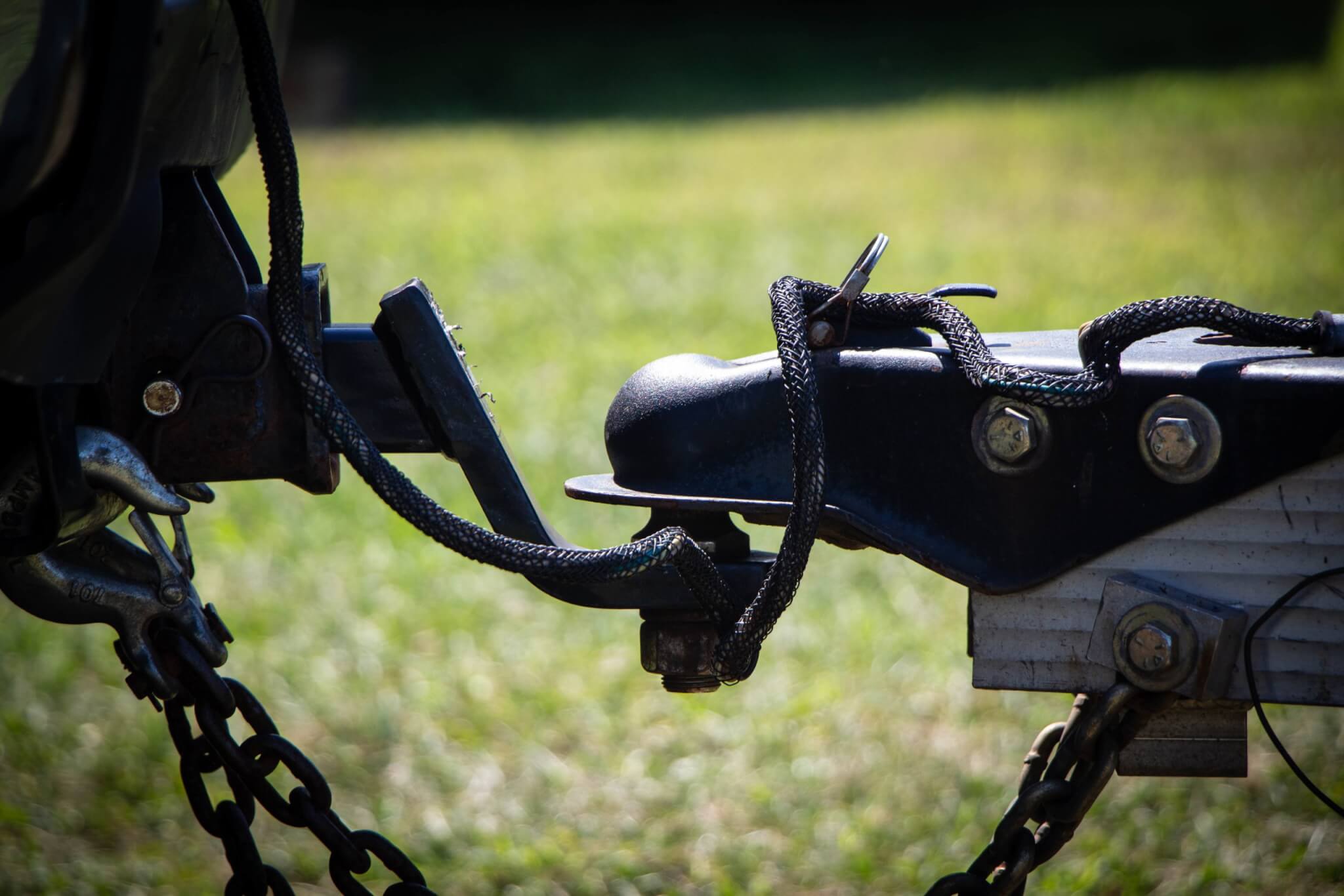Using your shop’s Cost of Doing Business (CODB) as a baseline for labor rates.

One of the things I really can’t stand is coming around a truck too quick and whackin’ my shin on a trailer ball. After this happens, I say “Ow!” real loud, and then a swear word. Then I wonder why in tarnation I just busted my leg. Why oh why is that thing hanging out of that truck? What is this customer doing?

No ball to bump into, and the bumper above it can do its job. Photo by Lemmy.
Even if your state’s traffic laws permit leaving your ball in place when you’re not towing, what’s the purpose? I always take mine out when I’m done using it, but I see enough people who do not that it causes me to ask, “Why?” I get the addition of receiver steps and such, but the ball hanging out in the breeze confounds me.
I have several hitches and balls for my own trucks, of course, but most of the time I am pulling the same trailer, so each truck has one ball and hitch that lives in the cab in addition to the box of stuff that lives in the shop. For starts, I don’t want them getting stolen. I’ve tried the locking pins before, but they get gunked up and at some point I had to torch one off.

Pretty hard to bang your leg like this, huh? Photo by Lemmy.
I also don’t want to hurt my shin, of course. Beyond that, I’m not trying to put a 2 ¾” steel ball through someone’s condenser if they happen to rear-end me. I’ve also worked on some trucks where a hitch had rusted its way permanently into the receiver. Some I broke free with an eight pound splitting maul. Some… just stayed where they were.
I can’t figure it out, and I’ve never asked because it seems kinda pushy. So help me out: where do you leave your trailer ball mount? Is this something you also see in your travels?
I can’t be the only mechanic tired of knots on my leg, right?
The articles and other content contained on this site may contain links to third party websites. By clicking them, you consent to Dorman’s Website Use Agreement.
Participation in this forum is subject to Dorman’s Website Terms & Conditions. Please read our Comment Policy before commenting.